HISTORY
Nandīśwara, in its iconography, is depicted similarly to Lord Śiva but only has two hands.
The word "Nandīśwara" comes from Sanskrit, consisting of "nandi" (the vehicle of Shiva) and "iśwara" (aspect of Shiva).


TIMELINE
Location of the Arca Relocation
1808

The Singhasari Temple is a relic from the Singhasari Kingdom, located in Malang, East Java. Built in the 13th century, this temple served as a place of worship for King Kertanegara, highlighting the temple's role as a center of spirituality and culture in the past.
1808 - 1817
The "De Vrijheid" park is a public park or field in Semarang, known during the colonial period as an important place for celebrations, meetings, and public events. The name "De Vrijheid" means "Freedom" in Dutch. During the period of 1808-1817, this place may have served as a social and administrative center for the colonial government, as well as a temporary storage location for antique items found around the island of Java, including from the Singhasari Temple.
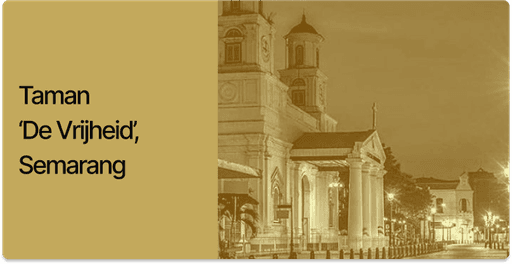
1817 - 1827
Lands Plantentuin is the old name of Kebun Raya Bogor, which was opened in 1817 by the Dutch colonial government under Governor-General Godert van der Capellen. This botanical garden was established for the purpose of botanical research and the conservation of tropical plants. In addition to plants, this place may also serve as a temporary storage location for historical artifacts before they are eventually moved to the Netherlands. This garden has become one of the important scientific centers in the Dutch East Indies.
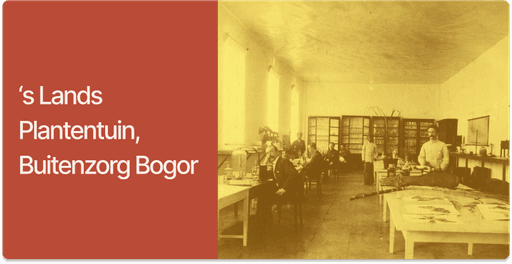
During this period, artifacts from Indonesia, including those from the Singhasari Temple, were transferred to the National Museum of Antiquities in Leiden, Netherlands. This museum serves as a center for research and exhibition of artifacts from around the world, especially from the Dutch colonies. During this time, many important artifacts from the archipelago were transported to Europe for safekeeping and display, often without the approval of their original communities.

1904 - 2022
The Volkenkunde Museum (Museum of Ethnology) is a museum dedicated to the study of cultures and societies from various parts of the world. This museum serves as a center for documentation and exhibitions of cultural artifacts from Asia, Africa, and the Pacific. Although it often attracts controversy regarding collections that are considered a result of colonialism, this museum plays a significant role in introducing Indonesian culture to Europe.
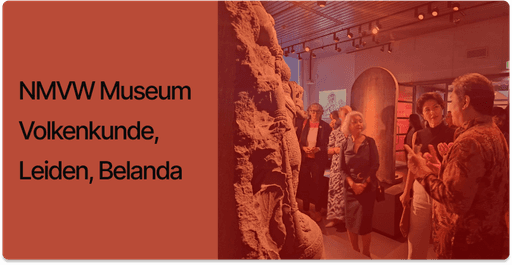
2023
On August 18, 2023, the artifacts stored in the Volkenkunde Museum were finally returned to Indonesia, and are now part of the collection of the National Museum of Indonesia in Jakarta. This museum is one of the largest and oldest museums in Indonesia, aimed at educating the public about the history and culture of Indonesia. The artifacts returned to Indonesia hold high symbolic value, marking an important step in the efforts to reclaim historical items that were once taken abroad.
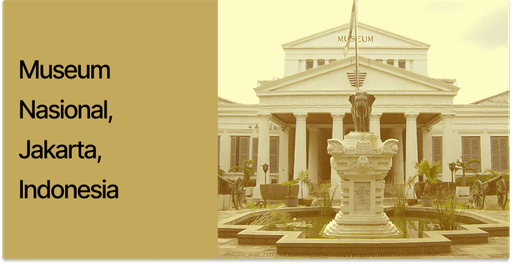
Location
arc in the temple
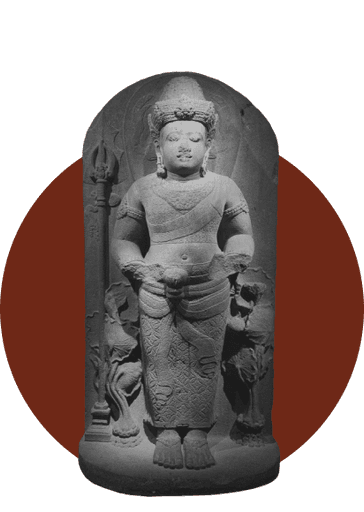
Durga is located in the West Room / Front of Singosari Temple

Nandisvara and Mahakala are regarded as the guardians of the gates to Shiva's celestial realm, thus residing at the entrance of the temple.
Both carry two weapons in their hands as a form of strong protection.
MEANING
DETAIL ARCA
Trident
The trident on the right side, which is the weapon of Nandīśwara while guarding the temple gate.
Siras Chakra
The circle behind the head of the statue signifies a halo, a sacred light of divinity called siraścakra.
Camara & Spear
The right hand is bent up carrying a camera
Having two hands that are gripping a spear
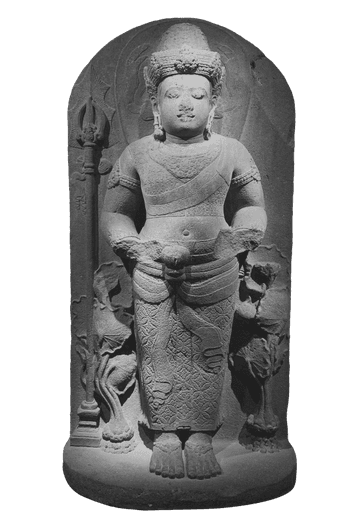
Height
216cm
Width
115cm
Depth
127cm
Weight
944kg
